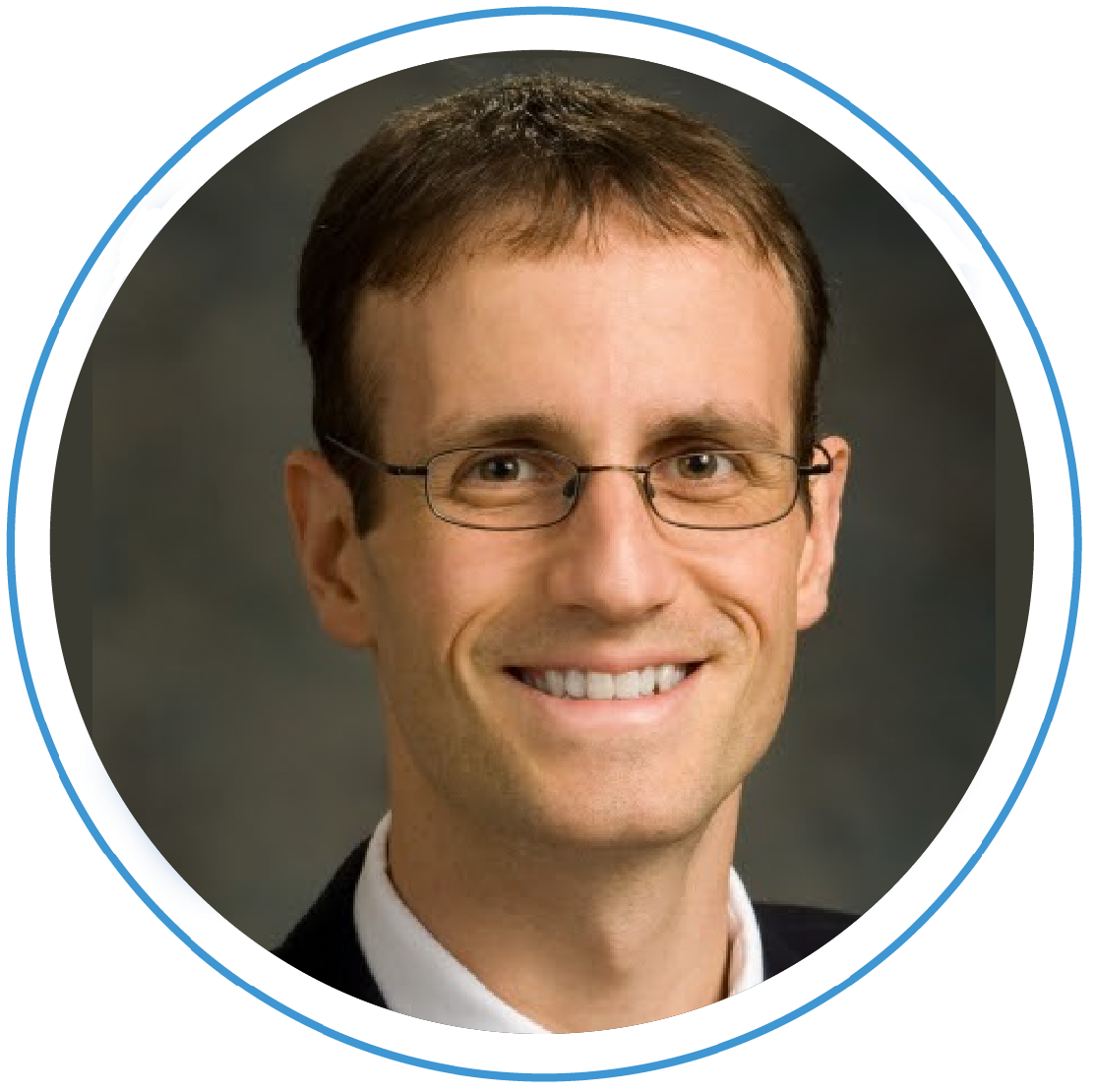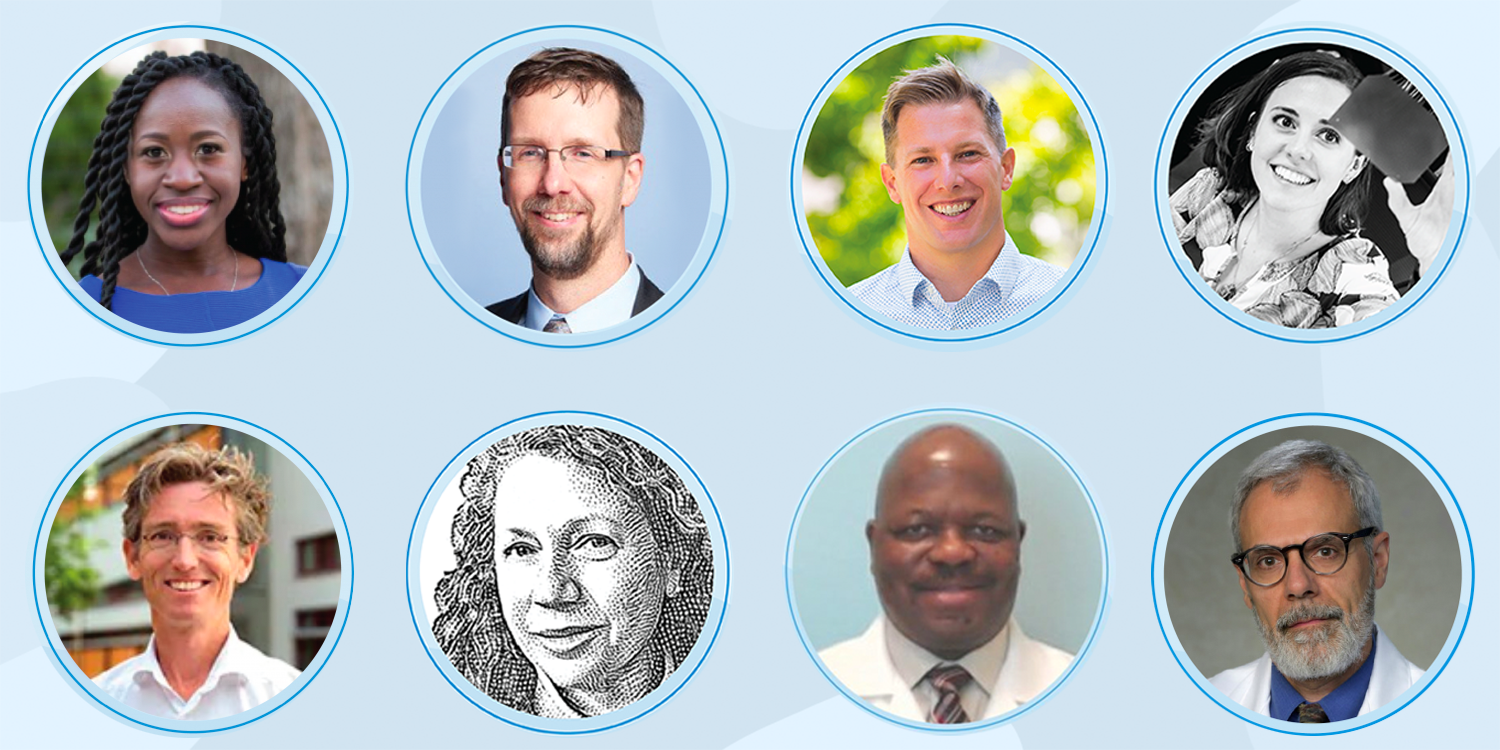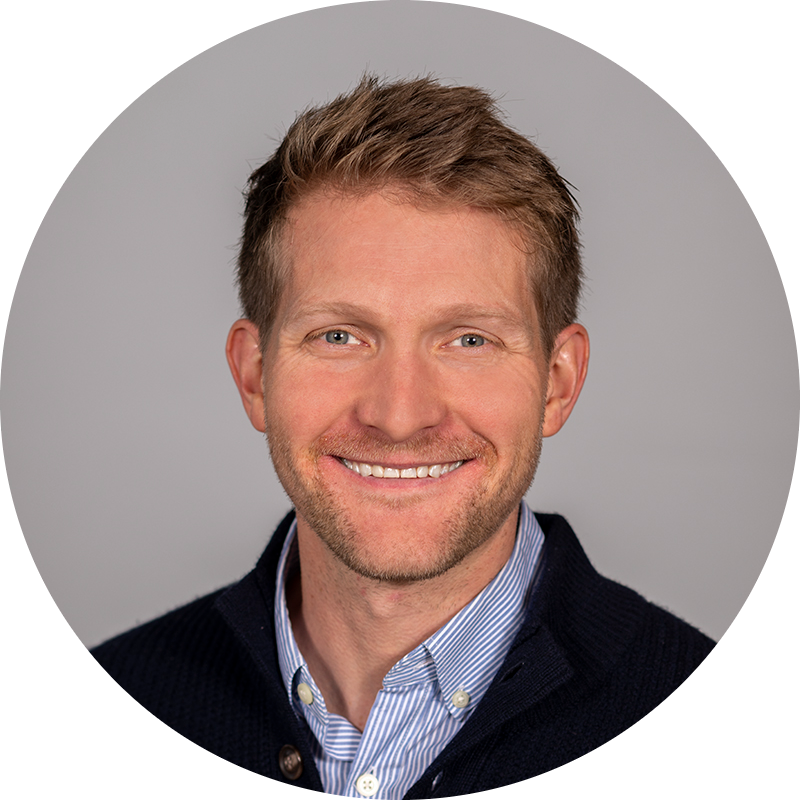The Focal Spot: Bette Blankenship
In this edition of the Focal Spot, Tyler Blackwell interviews Bette Blankenship, MS, FAAPM.
In this edition of the Focal Spot, Tyler Blackwell interviews Stephen Kry, PhD.

“We need to keep pushing that envelope further as medical physicists, because we could be leaders in the emergence of technologies that apply to our field. And I don’t just mean in the radiation oncology space, but pushing beyond.”
In this edition of The Focal Spot, I lob questions at Stephen Kry, PhD. Stephen is the Associate Director of IROC and Associate Professor at MD Anderson Cancer Center in Houston, TX. If he’s not skiing down steep mountain slopes in the winter (or climbing them in the summer), he can be found in the lab, focusing on ways to improve safety of radiotherapy treatment, including work on IMRT QA, dosimetry, and phantom credentialing. In our discussion, we touch on graduate-level instruction, IMRT QA, and making the most of hotel waffle bars.
Stephen: Funny you ask. I’m staying with my parents at the moment due to the pandemic. It’s been a good chance to see my family and get help with our two kids while my wife and I work.
I grew up in Calgary, Alberta. I had a good childhood, one I would describe as stable and supportive. I was part of an accelerated STEM program, so I put a lot of effort into school. My whole high school experience was, “You’re going to work hard, you’re going to study, and you’re going to excel at these things.” It was probably more schooling than I would ever choose if I was going to go back and do it again. But it wasn’t all school, I had some time for fun, too.
Tyler: You were really busy then in high school with academics. Did you have time for any extracurriculars?
Stephen: My parents were very adamant that you always had to do one sport and you always had to play an instrument, to try to get some balance, and my school required a certain number of hours as well. I played on the high school football team, which was terrible—getting wailed on by random people.
Tyler: I’ve heard that the music you listen to in your late teens and early 20s imprints on us a little bit; it becomes part of who we are. So I’m curious, what music did you listen to at that point?
Stephen: The music that I listened to was definitely a tribute to the age: Nirvana, Smashing Pumpkins, Stone Temple Pilots, Nine Inch Nails, you know? That pushed me through that teenage angst phase. I still enjoy that genre, but I’m not sure if it’s a part of who I am. What I like now is something with a good strong beat that gets the energy up. Tiesto or something…
Tyler: I like a good dance beat myself. Pivoting now to medical physics—can you tell me, what are you working on right now? Do you spend any time in the clinic?
Stephen: I don’t work in a clinic anymore, but I do tasks that are analogous to that. Institution site visits, checking phantom reports, that kind of thing. I do quite a bit of AAPM work, I do some research, and then I have teaching responsibilities, mentoring students—right now five PhD students.
Tyler: On the topic of students, in one of your past presentations you admitted to being a “cram and dump” student, a passive learner. Of course, that resonated with me when I heard it. So how do you approach education for your students now that might be more effective?
Stephen: The approach that I take now is one I would have hated as a student, because it’s much more interactive. My students listen to pre-recorded lectures in advance, and then in class we talk about things, and mostly the goal here is that they’re discussing it. I’m just prompting discussion amongst the class. And then they can explain it to each other and I guide that conversation, and help get them to the right answers and the right understandings. But ideally, they’re working it out and sharing it themselves. It’s interesting to watch students process these things, and learn and grow.
Tyler: No doubt having students spend more time with the material will help in the long run. Let’s talk IMRT QA, something physicists devote hours to performing every week. With all of your work in this area, what have you learned about IMRT QA?
Stephen: It’s a fascinating topic. At IROC, we get phantom after phantom where the dose distribution is in the right place, it has the right shape, but it’s the wrong dose. IROC has pretty loose tolerances on their phantoms, so these are substantial dose errors.
What’s going on here? Why isn’t the IMRT QA showing a problem? A lot of this is the beam modeling and the MLC parameters in particular that are driving these errors. But these are real errors that have a potential impact on patient plans. The more I dig into the institutional IMRT QA, the less it appears able to detect real errors.
Tyler: What new approaches should we take? What does the long game look like?
Stephen: We have a system that is giving us a ton of over-confidence. It doesn’t flag unacceptable plans. But even when it does flag something, we don’t tend to do much about it.
We need to better understand what the failure modes are—what we’re really testing for—and get tests that are specific and highly sensitive to those failure modes. And then we need to have a game plan and to act on failures when they present. And that workflow needs to be established so it’s not a scramble at the last minute.
Tyler: With all that data you have seen coming through IROC for your edition, what is the most common of the errors you see?
Stephen: The most common failure for the phantom is that the dose distribution is at the right place, it’s just the wrong dose. These are systematic dose errors.
As far as we can tell, this is caused by the MLC parameters—your MLC offset or your DLG, depending on your treatment planning system—and there isn’t particularly good guidance on how to assess this. Are these fudge factors? Or measured values? So there’s a lot of uncertainty on what this value actually should be.
Tyler: There are a lot of emerging technologies seeing the limelight right now: there’s adaptive RT, machine learning, AI, etc. Is there something that isn’t getting enough attention?
Stephen: This is self-serving, but if we know that 15% of institutions have substantial systematic dose errors in their dose calculation, that’s a nightmare. So my take is that we have a big mess on our plate right now.
But keeping our future in mind, we do need to keep pushing that envelope further as medical physicists, because we could be leaders in the emergence of technologies that apply to our field, like machine learning. And I don’t just mean in the radiation oncology space, but pushing beyond.
Tyler: You were boarded in 2016 by the American Board of Medical Quality. That’s unique as far as I know, so what is that? What made you pursue that certification?
Stephen: It was the convergence of a few good motivating factors that all came at the same time. For one, I was working at IROC, which is a quality assurance office. And of course what we do at IROC is really about technical quality, setting up a whole system that’s going to make your clinic as robust as possible.
This concept of medical quality was something that is clearly relevant in IROC, even though we don’t do quality management in the traditional sense, but there’s definitely overlap there.
Tyler: What do you think is a unique skill that has helped you become who you are and become successful in medical physics, and elsewhere?
Stephen: I’m going to say this and it’s not going to be flattering, but I think I have a decent amount of confidence. If I’m asked to participate in a task group report or research, my feeling is that I can make a contribution in the overall effort, or I can do some research in this space and make a difference.
My wife’s a clinical psychologist, so she calls it adaptive narcissism.
Tyler: Okay, so let’s do a little bit of ‘this or that’ for this FLASH round…city or country?
Stephen: Can I take mountains?
Tyler: Spring or fall?
Stephen: I think I’m going to go with spring, because in spring you can do biking, but you can also go up and do some late season skiing.
Tyler: Beer or wine?
Stephen: I am a big ethanol fan, but beer is the one thing that I have never gotten a taste for. So 100% wine.
Tyler: What about coffee, do you take it black or do you prefer cream and sugar?
Stephen: I’ve gotten into coffee lately, but it’s just in latte form.
Tyler: Do you prefer waffles or pancakes?
Stephen: I love them both.
Tyler: That’s not how the game works, Stephen.
Stephen: I will tell you something: this is my trick for when I’m skiing when I stay at a hotel with a waffle bar for breakfast: I have waffles for breakfast and then make extra waffles. I put peanut butter and jelly on them and make them into waffle sandwiches, and then stick them in my jacket pocket and there’s lunch.
Takeaway #2 is that if you’re skiing with Stephen and your stomach starts to growl, you’ll know where to look to find your next meal!
If you have a question for Stephen, drop it in the comments below!


Tyler is a board-certified medical physicist with extensive clinical experience in radiation therapy. He is active in the medphys community including several AAPM committees, the AAPM Board of Directors, and as an ABR orals examiner. Tyler dabbles in real estate investing, loves preparing breakfast for his three kiddos, and enjoys playing adult coed soccer.
Related tags: RadOnc News Safety & Quality Improvement The Focal Spot
In this edition of the Focal Spot, Tyler Blackwell interviews Bette Blankenship, MS, FAAPM.
In this edition of The Focal Spot, Tyler Blackwell interviews Eric Ford, PhD, FAAPM.
In this edition of The Focal Spot, Tyler Blackwell interviews Mallory Glenn.
Leave a comment